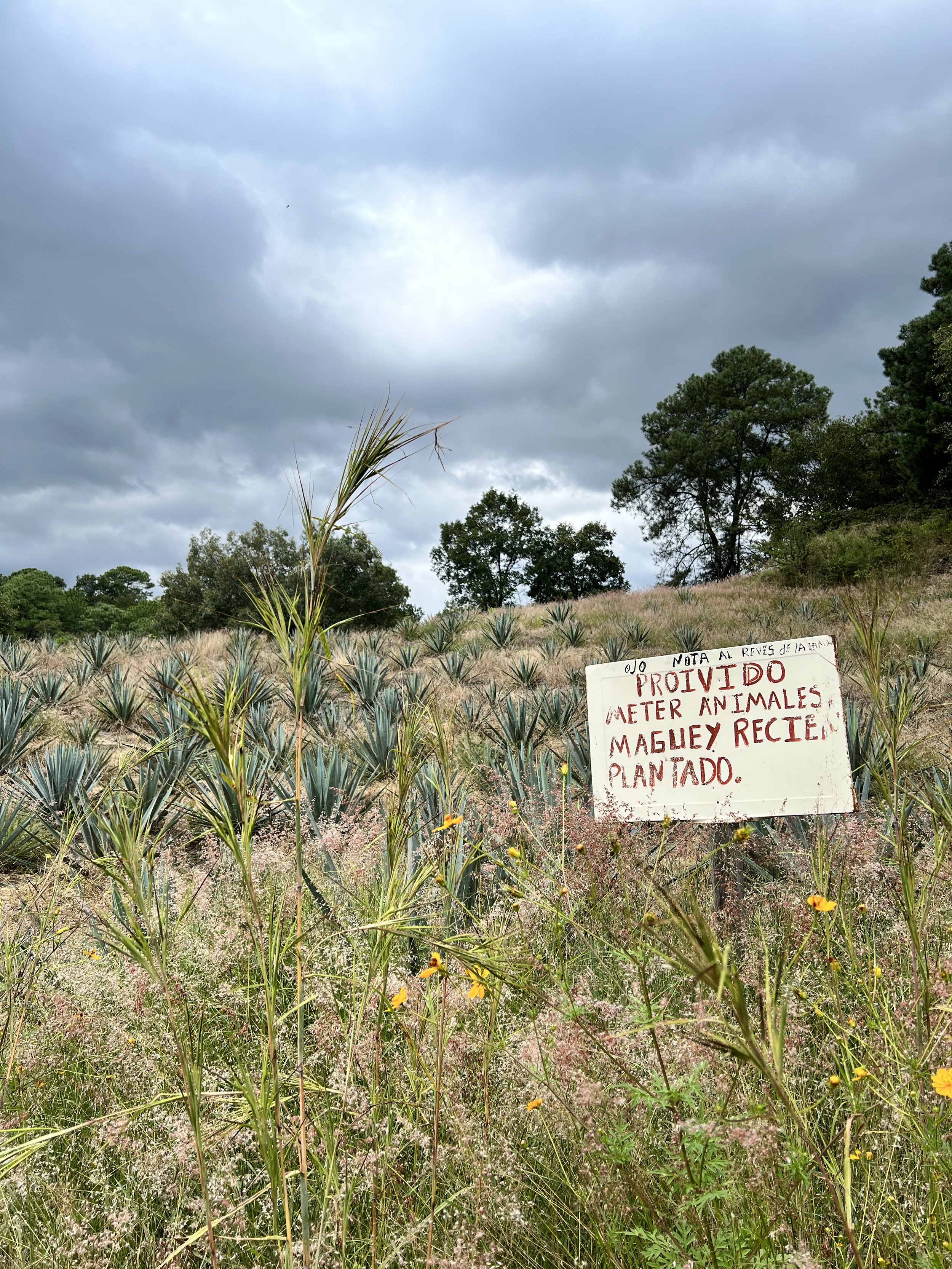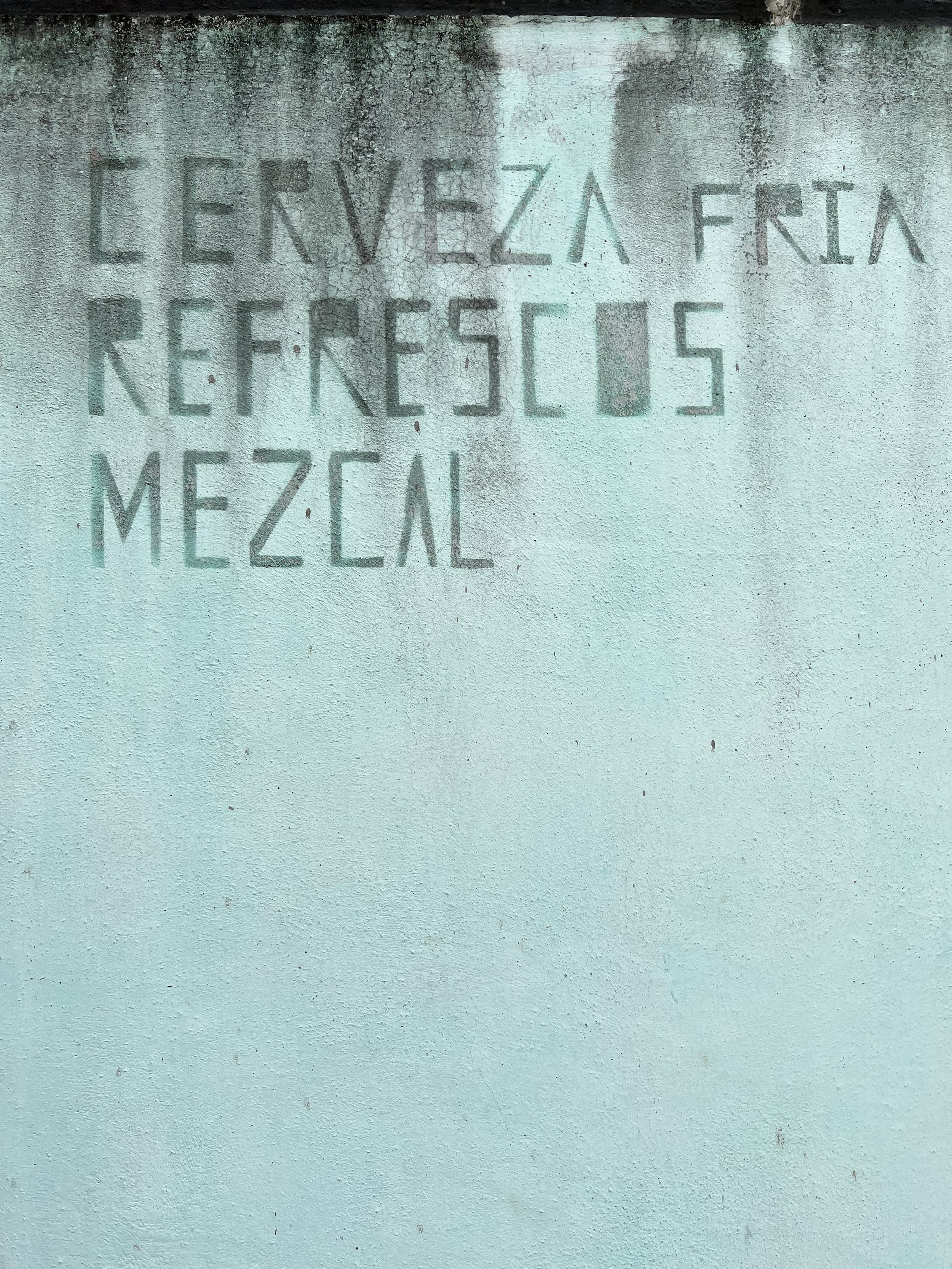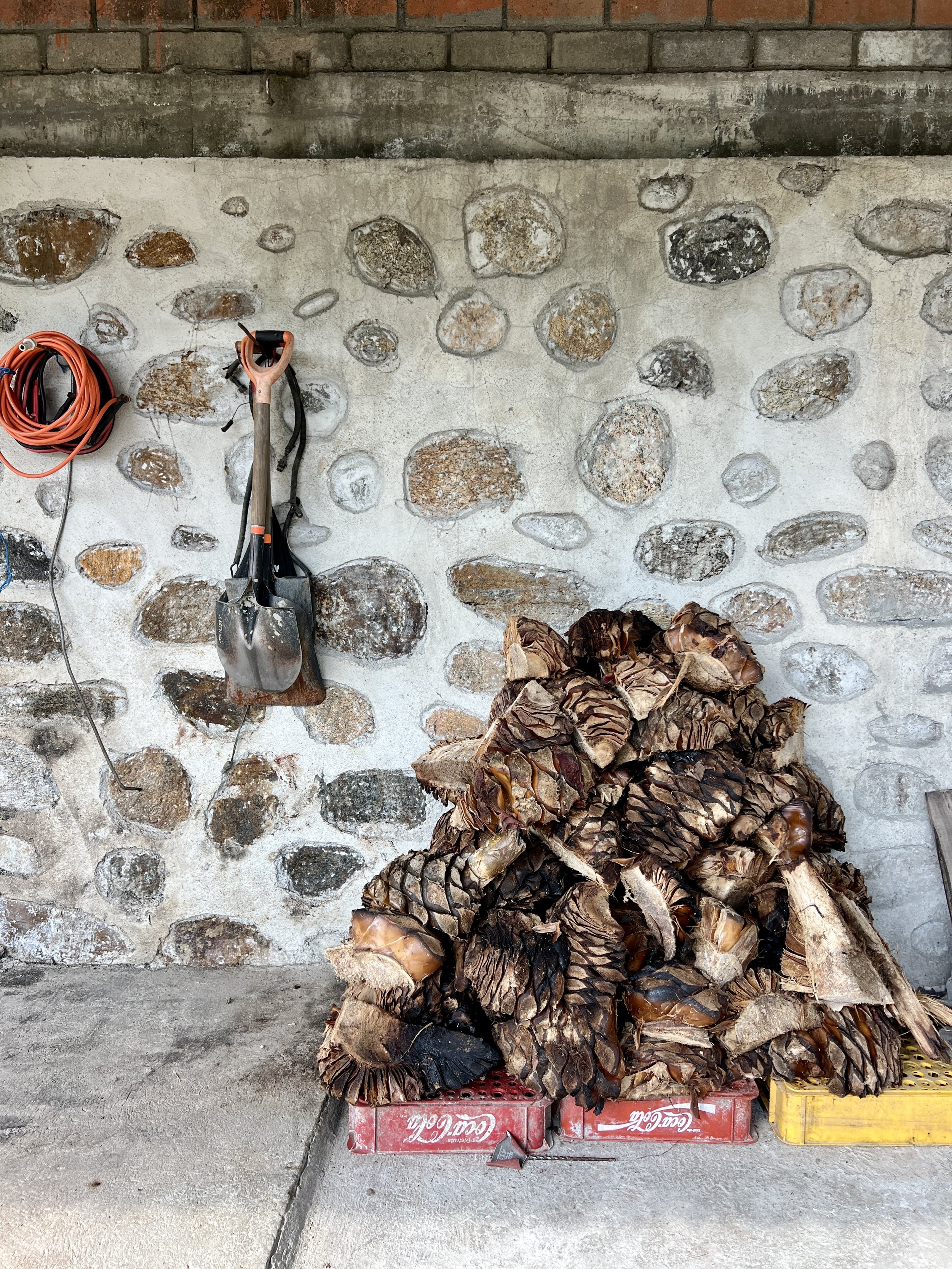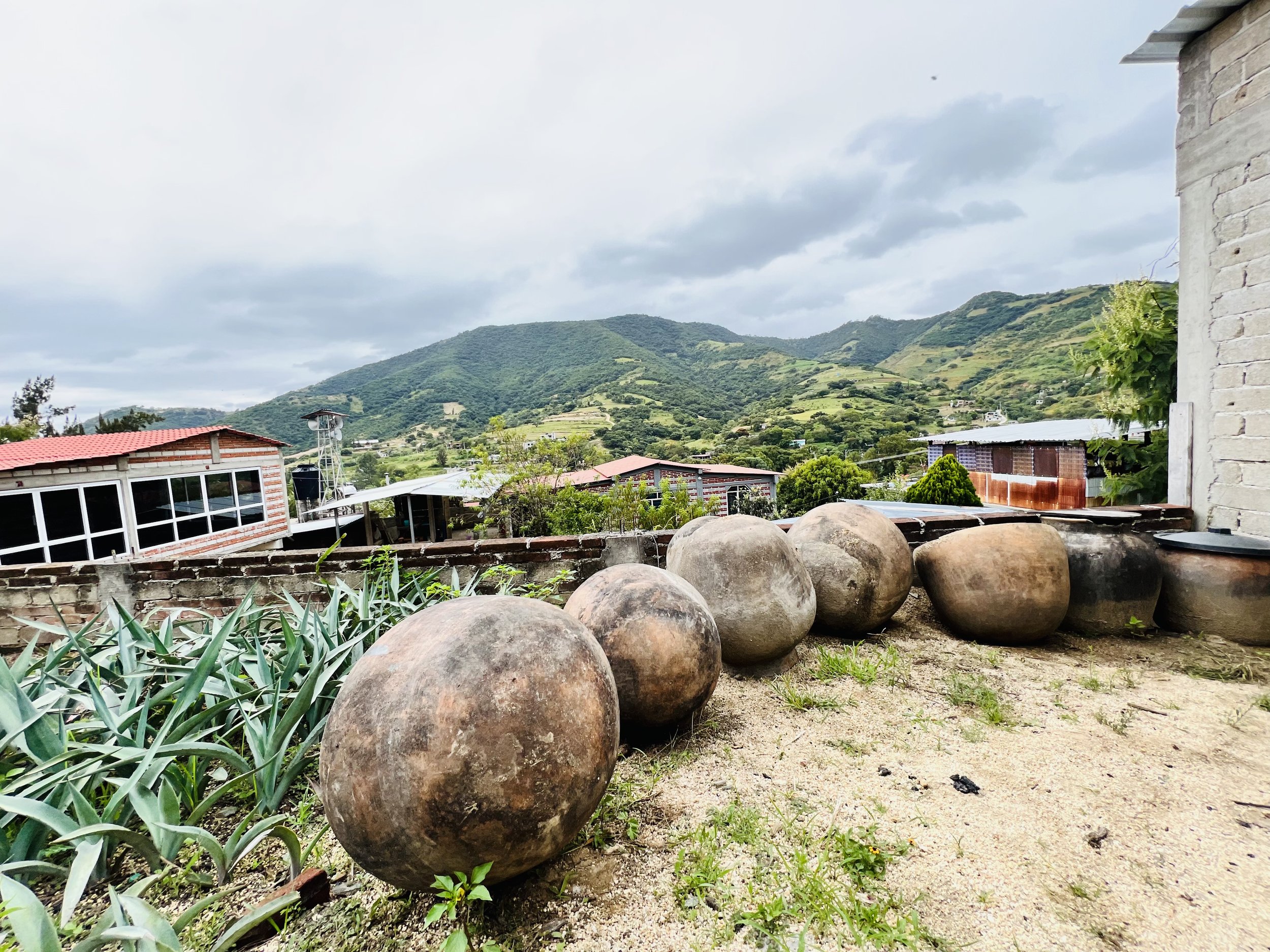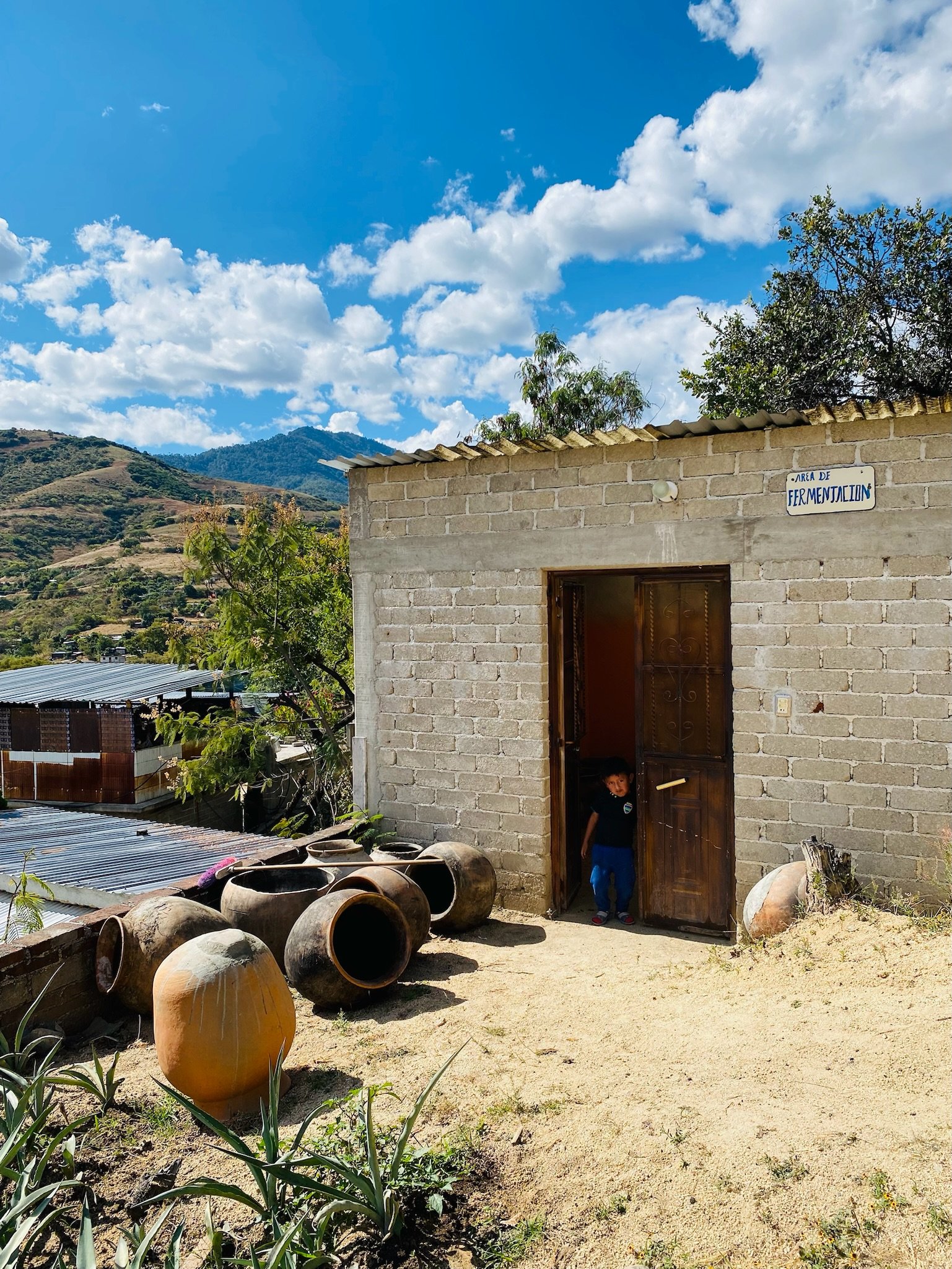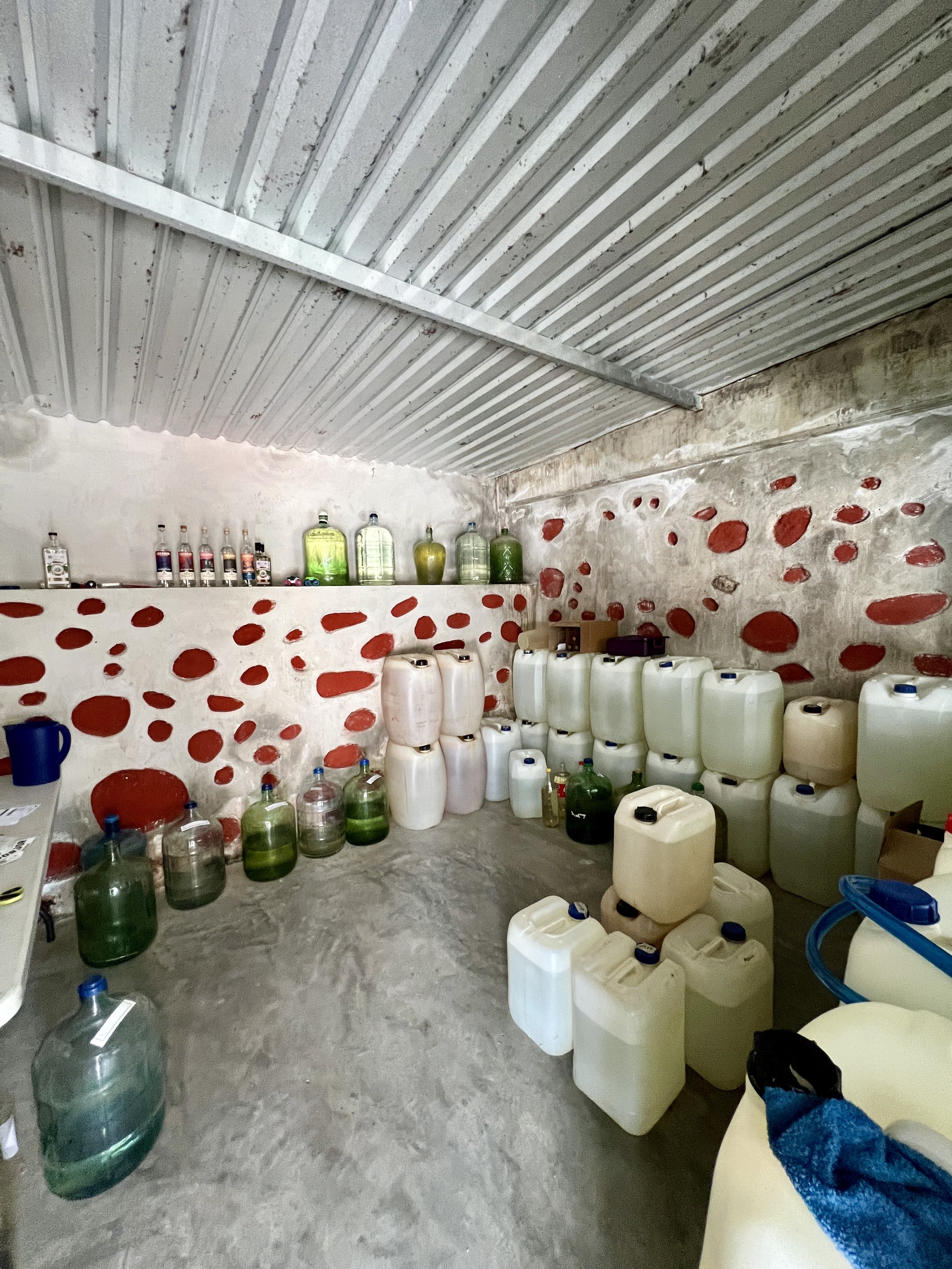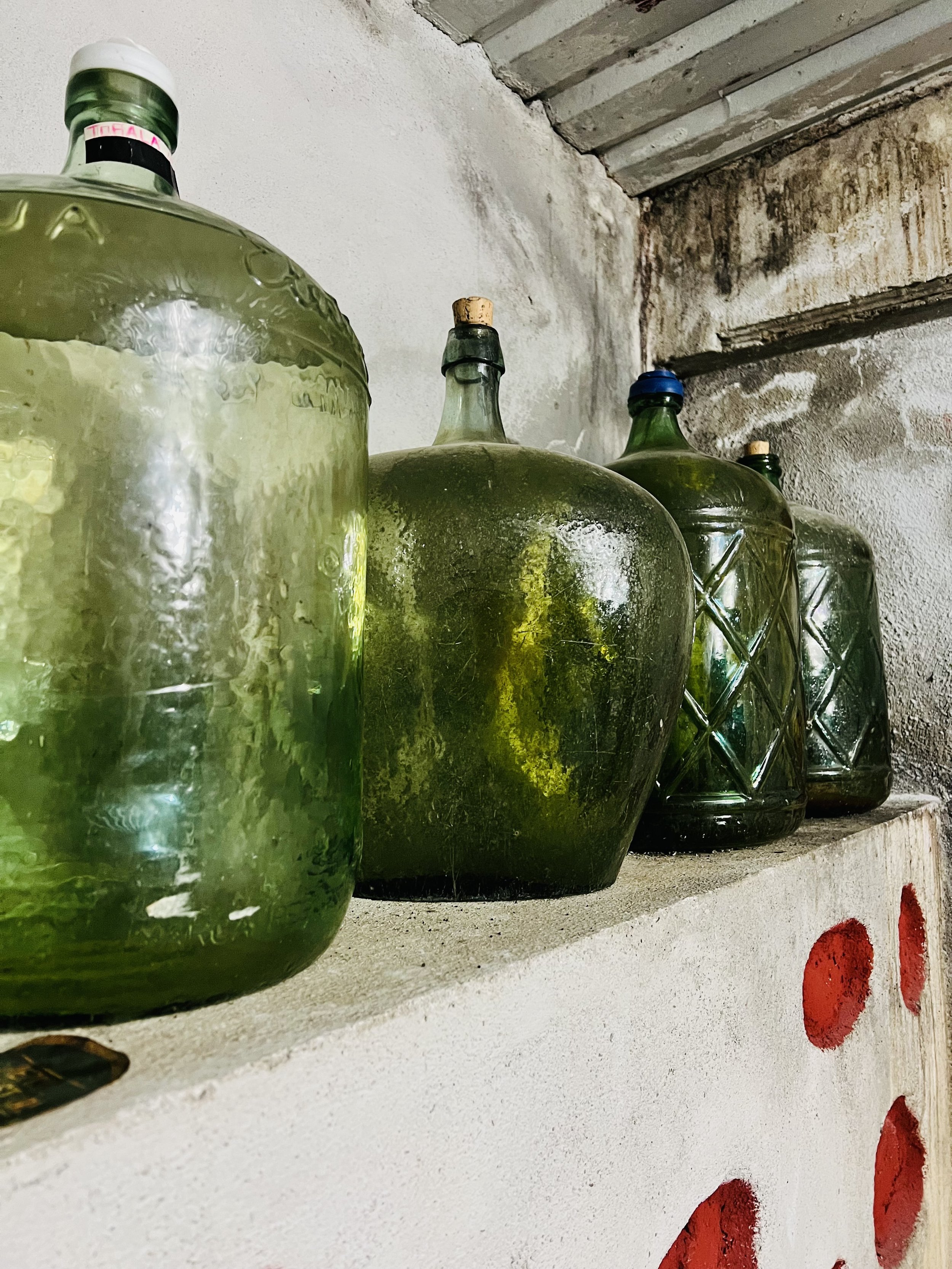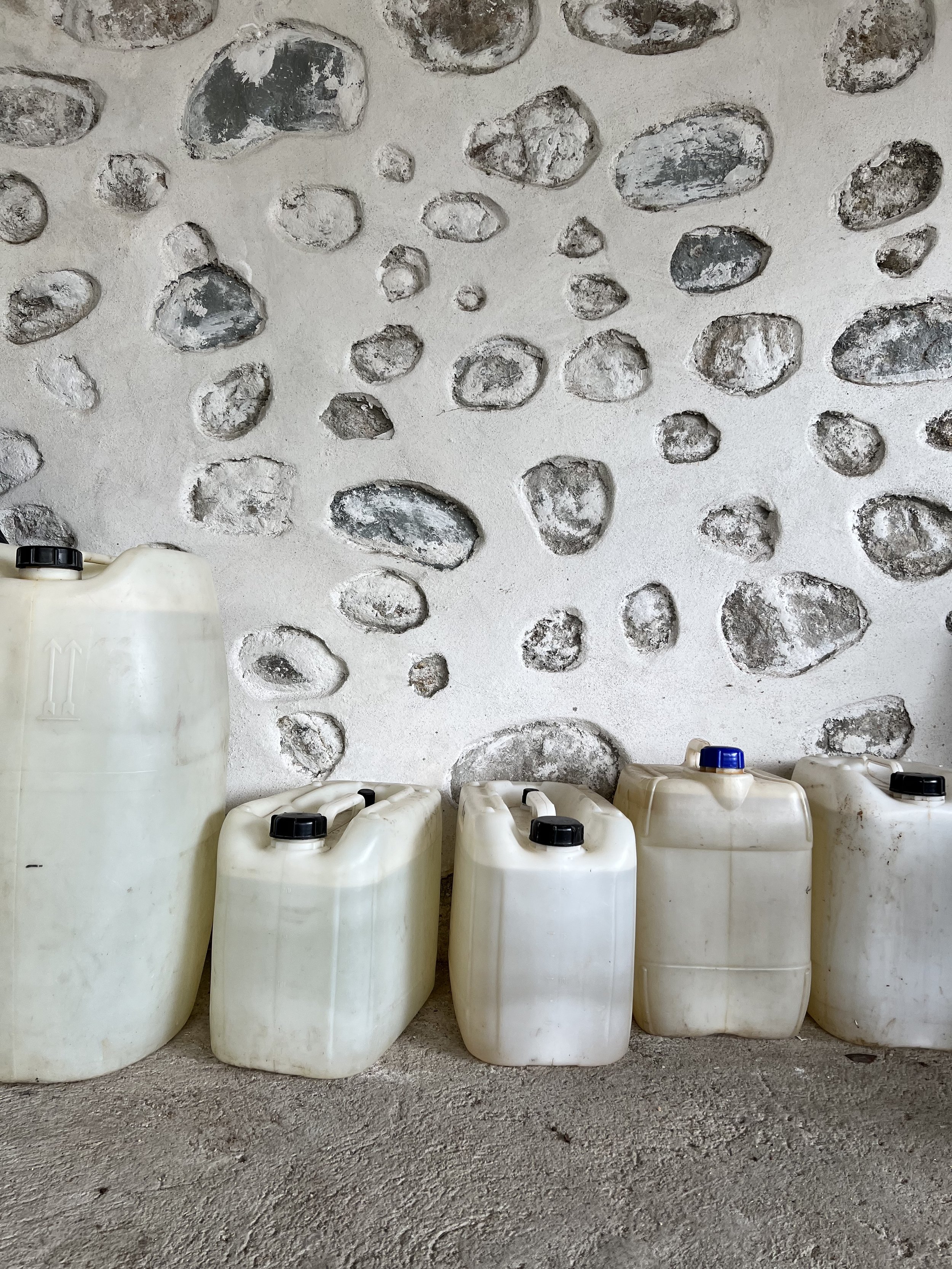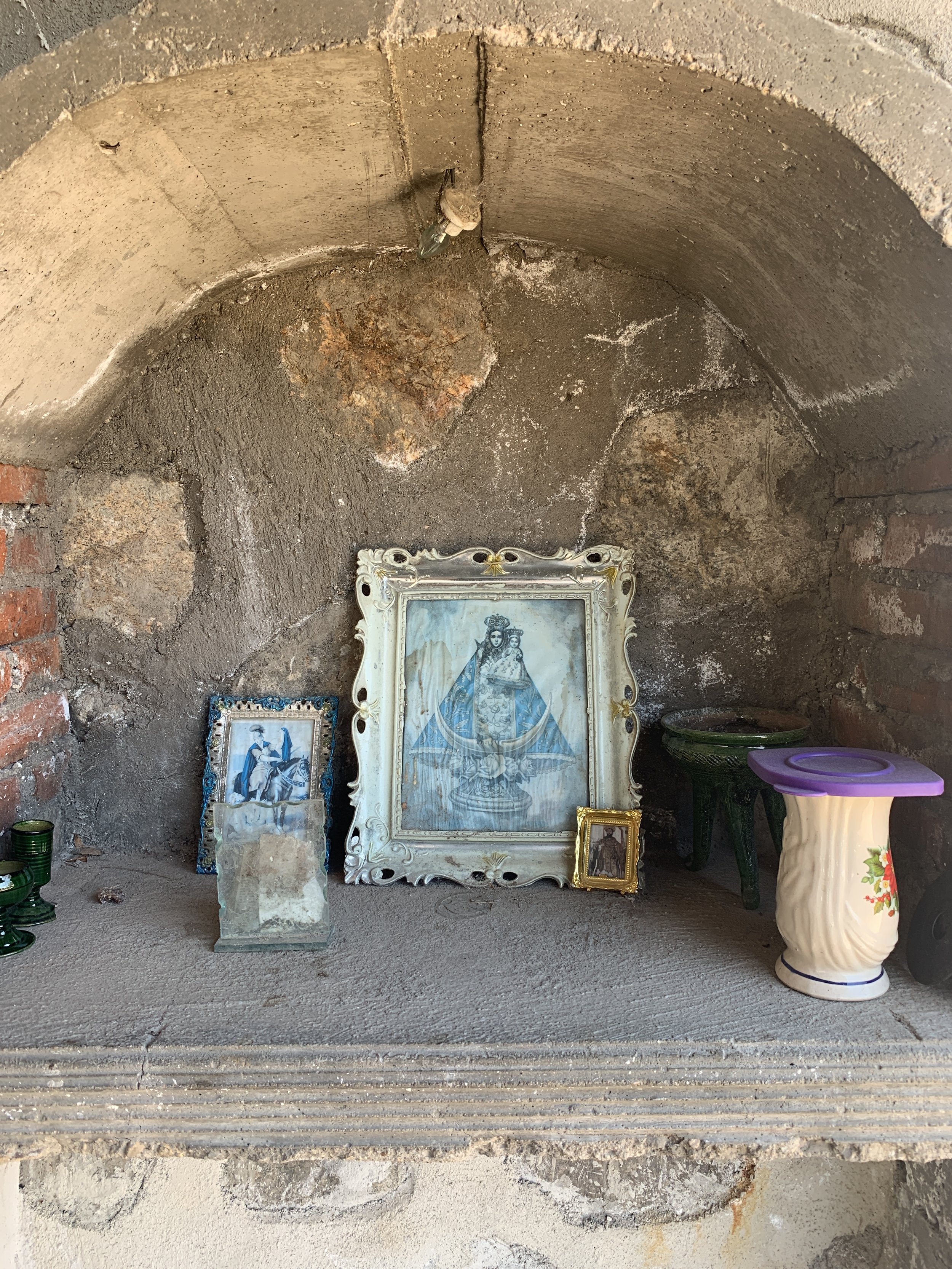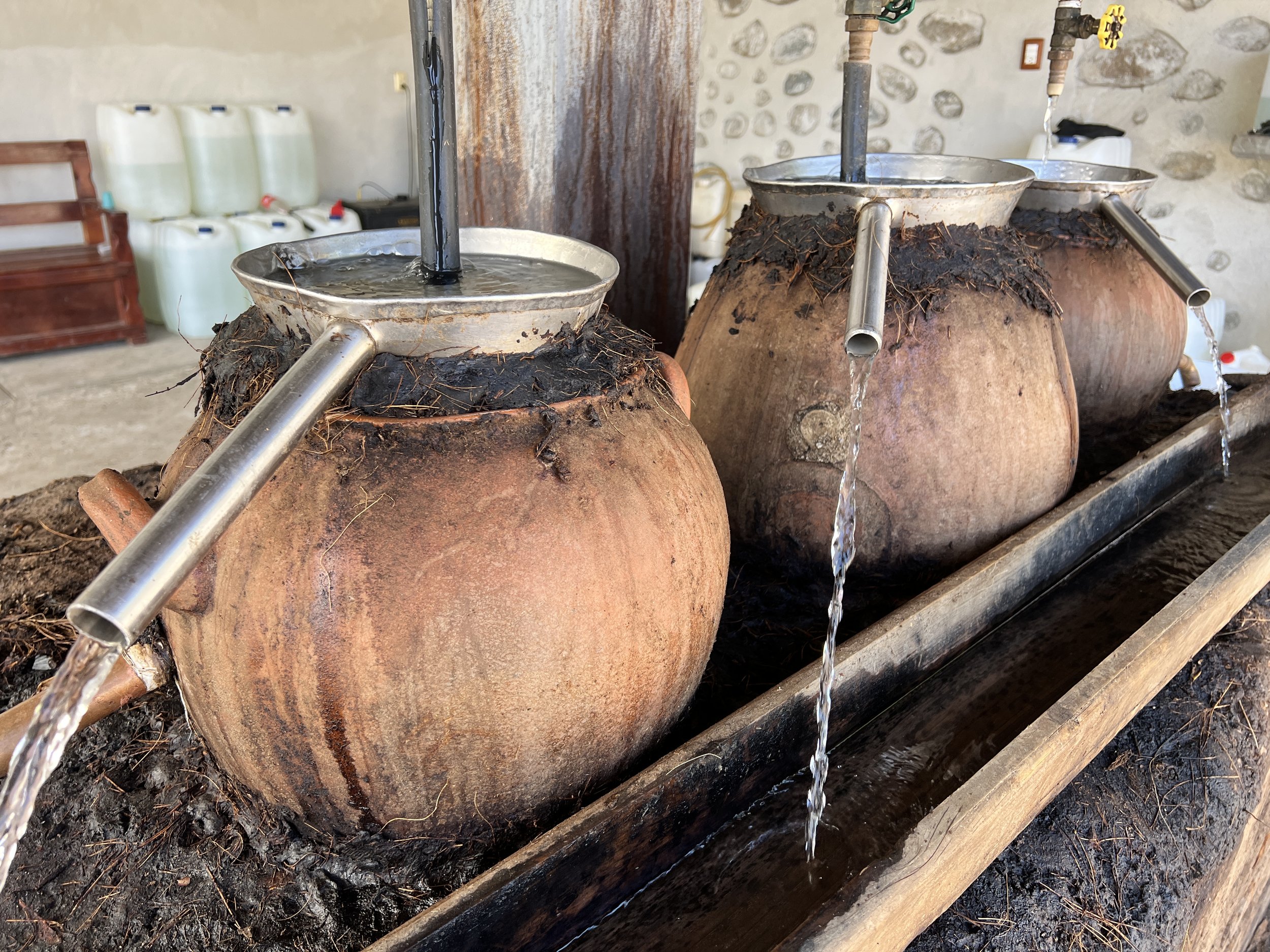From A Beautiful Land, A Beautiful Spirit
A pictorial tour of the palenque of maestro palenquero José Alberto Pablo, in one the most beautiful places in Oaxaca - San Bernardo Mixtepec.
El horno - the conical underground stone-lined oven use to cook the agave piñas
At an elevation of approximately 1600 meters (5250 feet) the municipality of San Bernardo Mixtepec lies in the Zimatlán district, in the west of the Valles Centrales region in the state of Oaxaca. Like many parts of the Central Valley, San Bernardo is lush and green during rainy season (May through September), and dry and arid with hot afternoons during dry season (October to April).
During rainy season wild grasses grow freely in the fields among the agave.
José Alberto grows several types of agave, including espadín (agave angustifolia), lumbre (agave angustifolia var.), mexicano (agave rhodacantha), cuish (agave rhodacantha), and tobalá (agave potatorum), in fields near his home and palenque in San Bernardo Mixtepec. In rainy season the grasses grow wild inbetween the agave. In dry season, those grasses dry up.
Field of agave espadín during dry season
In the woods adjacent to a field of espadín, this sign reads “Don’t cut the quiotes, they are working!” in reference to the important work the agave quiotes perform in propagating agave.
Tools of the trade - coa, sledgehammer, and axe.
“It is forbidden to bring animals in newly planted maguey.” This sign is posted in the field to protect the younger maguey from roving cattle and other animals that may tread on or eat the plants.
Stenciled sign near the entrance to José Alberto Pablo’s palenque. “Cold beer, refreshments, mezcal.”
José Alberto’s home and palenque are situated together, high on a hill overlooking the town. The palenque consists of a stone-lined underground oven (el horno), an area for milling the cooked agave, a room for fermentation, three clay pot stills, a resting room, and smaller fields for growing young agave from seed or seedlings.
7AM, building el horno
José Alberto’s father, Don Mario, lighting the horno. It will take 7 hours to get to temperature before being ready for cooking the agave.
Espadín and lumbre waiting for the heat of the oven before roasting for 5 days.
Cooked agave in el horno
After 5 to 7 days of roasting underground in the oven, the cooked agave piñas are unearthed and then milled by hand for up to 20 hours.
Cooked agave - mexicano capón. José Alberto will have cooked agave around the palenque for weeks until space is available to continue the process of milling, fermenting, and distilling.
The palenque is surrounded by flora and fauna, invariably in bloom during dry and rainy seasons.
Young agave plants - tobalá - waiting to be planted. In 2023, José Alberto planted nearly 10,000 young agave.
A number of 60 and 90 liter clay pots line the area outside of the fermentation room. These pots will either replace damaged fermentation pots, or be used to ferment the crushed agave bagasse.
The inside of the fermentation is painted terracotta, and filled with 60 and 90 liter clay pots.
The bagasse will dry ferment for 2-3 days, and then water will be added as it continues to ferment.
Fermentation room.
Area de descansar - the resting room.
José Alberto rests his agave spirits for at least 6 months. The resting room is dark and cool, with painted red apparente stucco walls.
José Alberto rests the destilado in plastic totes and also in antique glass garrafones.
Mezcal is stored in food-grade plastic totes and placed in cooler areas around the palenque, lying on cool concrete and lined up against stone walls.
Three clay pot stills with one fire source gives José Alberto control over all stills at once. It also is a more efficient use of the fuel, firewood.
Near the clay pot stills is the palenque altar.
The clay pot stills produce up to 400 liters from one cook. José Alberto twice distills the destilado, no water added, and utilizes the head, tails, and body of the distillate to get to proof, approximately 48 ABV.
A bottle of Creador Espadín among the young agave planted at the palenque. Salud.






